The 25 scariest spaceflight moments show dangers in orbit and beyond
While nobody got hurt in any of these incidents, these scary moments show the value of good astronaut training.
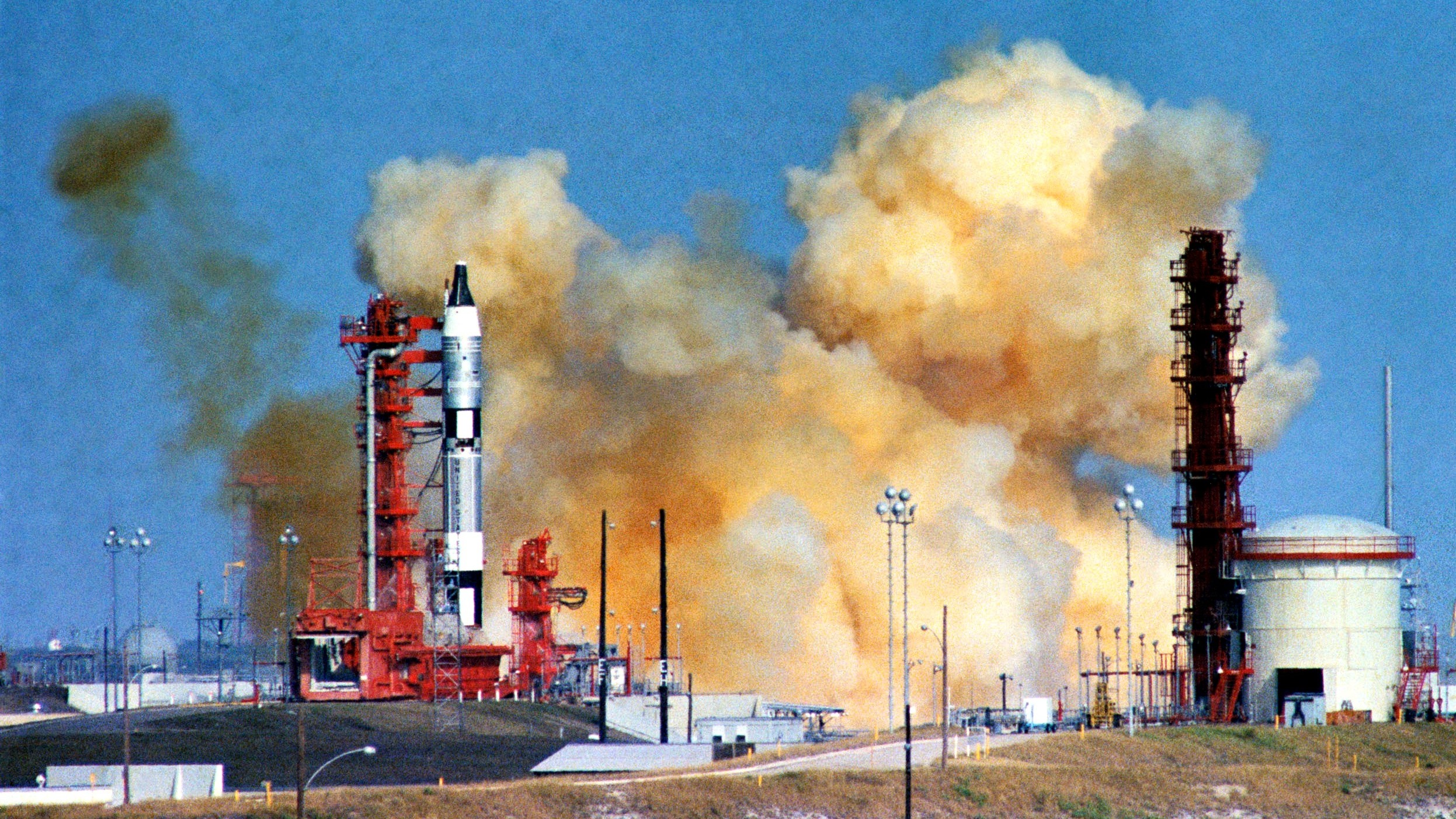
Setting human spaceflight records and flying people in space requires a critical mindset. Key systems are tested. Astronauts and cosmonauts undergo reams of emergency training. This is all to get ready for times when things go wrong during launch or in space.
These 25 emergencies in space, from orbital space to the ground, demonstrate tough times on the space shuttle, International Space Station and from international space programs. In each case shown here, training, creativity and a bit of luck perfectly came together to overcome a serious issue without casualties.
To be sure, we could only touch on a portion of spaceflight scenarios in this list, and some of the slides have details about even more issues over the years. But from incidents like these and from fatal space accidents, space agencies implemented "lessons learned" for future missions to make spaceflight a little safer.

1961: NASA spacecraft sinks after second U.S. human spaceflight mission
NASA's second-ever spaceflight unexpectedly sent the Mercury program's Liberty Bell 7 spacecraft deep into the Atlantic Ocean. An issue with the door shortly after splashdown July 21, 1961 caused water to flood into the spacecraft. Astronaut Gus Grissom escaped the sinking spacecraft and battled exhaustion while swimming in his spacesuit.
He was rescued, but the helicopter meant to retrieve Liberty Bell 7 couldn't bring the spacecraft out. Liberty Bell 7 was eventually recovered from 15,000 feet (4,500 meters) below the surface on July 20, 1999 (the 30th anniversary of the first human moon landing, Apollo 11.)

1962: False sensor during landing of first NASA orbital mission
NASA's third-ever human spaceflight on Feb. 20, 1962 also ran into landing issues, but of a different sort. Mission controllers received an indication during the spaceflight that the heat shield (and a compressed landing bag) may have come loose on the spacecraft, called Friendship 7, according to NASA.
The solution was clever: to use a package of retro-rockets that were normally designed to slow the spacecraft during re-entry. The package was supposed to be jettisoned, usually, but Mission Control asked astronaut John Glenn to keep the package on Friendship 7 in the hopes the straps would hold the heat shield on the spacecraft.
During re-entry, "there were flaming chunks of the retro-pack burning off and coming back by the window," Glenn later recalled. But he came through safely and the indicator was later shown to be false.
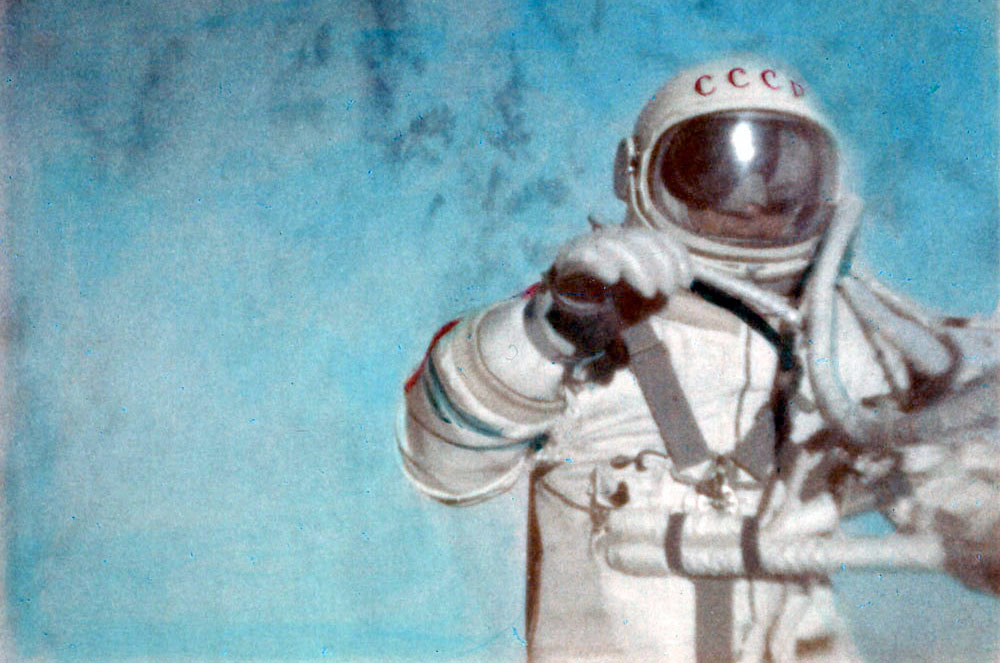
1965: Soviet cosmonaut trapped outside during spacewalk
Problems arose quickly during a 12-minute spacewalk marking humanity's first-ever extravehicular activity. On March 18, 1965, Soviet cosmonaut Alexei Leonov realized that his ballooning spacesuit was too stiff to allow him to return inside the Voshkod 2 spacecraft, where crewmate Pavel Belyayev was waiting for him.
"After eight minutes of free floating I clearly felt the volume of my spacesuit changed," Leonov later described. "My fingers' tips no longer felt the glove tips, my feet were floating in my boots, but the main thing was, I was unable to reach the shutter release on my camera."
Without telling ground control, Leonov quietly let air out of his spacesuit to get back inside safely. Delays associated with the spacewalk led to problems with the landing, which is covered on the next slide.

1965: Voshkod 2 lands in the Siberian forest, far from help
Even after the spacewalk, the adventure was not over. Voshkod 2 faced a 46-second delay in landing due to difficulties getting reseated after the eventful extra-vehicular activity.
The small timing delay had a big result for their landing zone, as the spacecraft touched down 240 miles (386 kilometers) away from where they were supposed to be.
It was a wintery mid-March day when they landed and as a result, the two cosmonauts waited overnight in frigid conditions (with minimal survival equipment) until recovery forces were able to reach them the following day.

1965: Dangerous Gemini 6 launch abort on the pad
NASA's Gemini 6 (aka Gemini 6A) experienced a tricky on-the-pad abort just after it was supposed to launch. A little more than one second after the engines turned on, an electrical umbilical separated a bit too soon and the launch automatically aborted on Dec. 12, 1965.
Astronauts Wally Schirra and Thomas Stafford, experienced test pilots both, elected not to pull their spacecraft away from the rocket. They could feel in their seats that the rocket was still on the ground, and felt an explosive ejection was too great a risk. But Schirra later said in a NASA account that it had been a tough split-second decision, as there was also the risk of a fully fueled rocket exploding on the pad.
"If that booster was about to blow ... if we really had a liftoff, and settled back on the pad, there was no choice. It's ... death or the ejection seat," he said.
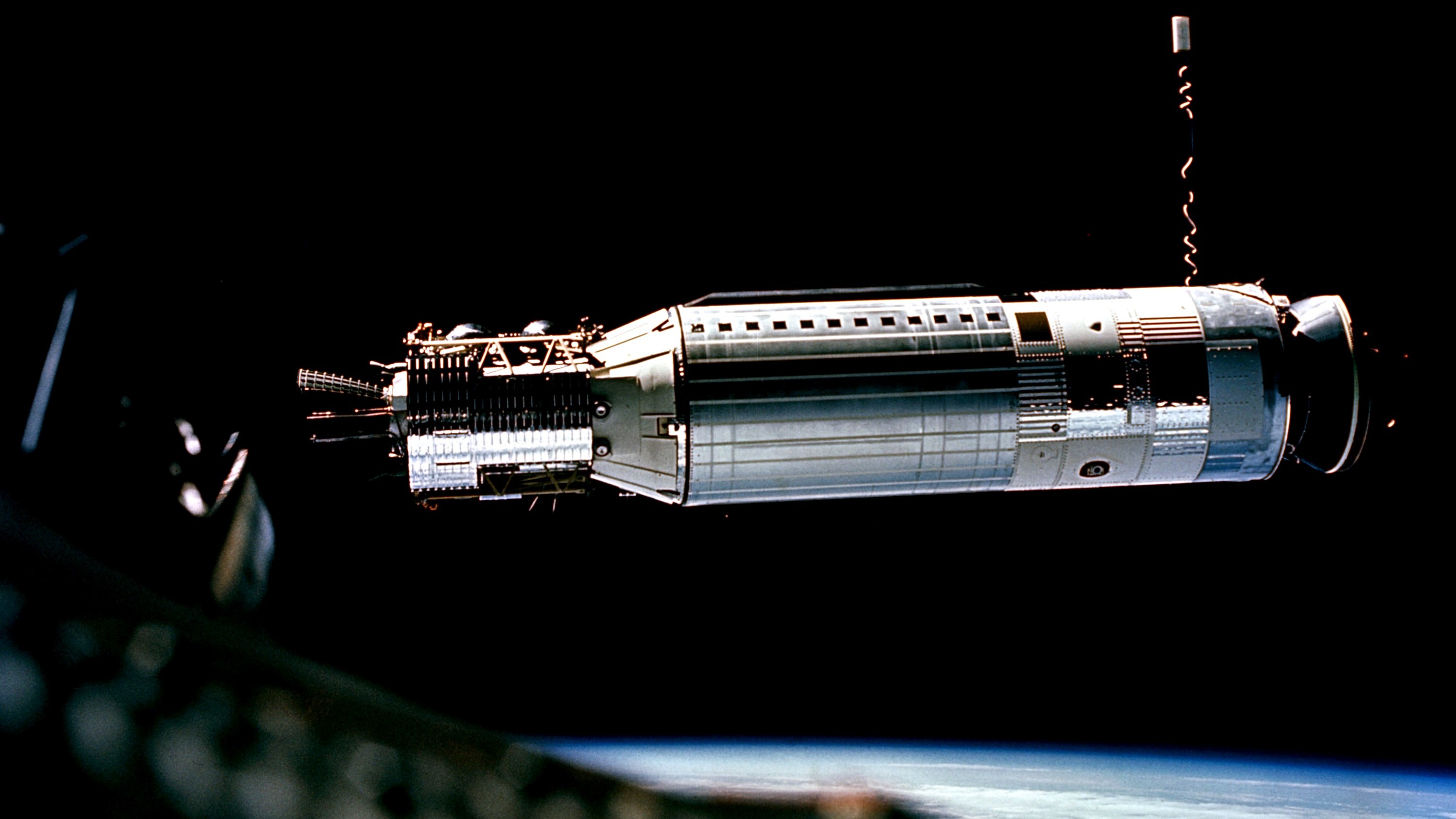
1966: Emergency after first-ever spacecraft docking
The NASA Gemini 8 astronauts met a spaceflight milestone on March 16, 1966: the first-ever docking in space, with an uncrewed docking spacecraft target known as an Agena. This was a huge moment in the agency's quest to eventually put humans on the moon, as that required using multiple spacecraft. But things turned serious shortly afterwards.
A thruster on the Gemini spacecraft was stuck open and spewing fuel into space, accelerating the spacecraft's spin. The crew of Neil Armstrong and Dave Scott, supposing it was the Agena at fault, undocked and soon found themselves rotating at a rate of once per second (risking unconsciousness and the eventual breakup of the spacecraft.)
As shown in the 2018 Hollywood biopic "First Man", Armstrong eventually activated the landing system engines to stop the spin, halting the mission but saving the crew's lives. In 1969, Armstrong commanded the first-ever moon landing of Apollo 11 and found himself with another issue during the final approach.

1969: Apollo 11 first human moon landing runs low on fuel
Apollo 11's final approach on July 20, 1969 was supposed to put it down at a predetermined location in the moon's Sea of Tranquility. The Eagle lunar lander, however, faced obstacles on the way; it sounded roughly five alarms saying its computer was overloaded (Mission Control found it was safe to proceed.) Then the astronauts on board realized they were landing off course, in an area that was quite rocky.
Neil Armstrong, commanding the mission and flying the spacecraft with Buzz Aldrin inside, took over manual control of the spacecraft and had to maneuver it around the rocks and into the flattest zone he could find. Now low on fuel, Armstrong gently placed Eagle on the surface with perhaps 15 seconds of descent fuel available, as Aldrin said to The Guardian.
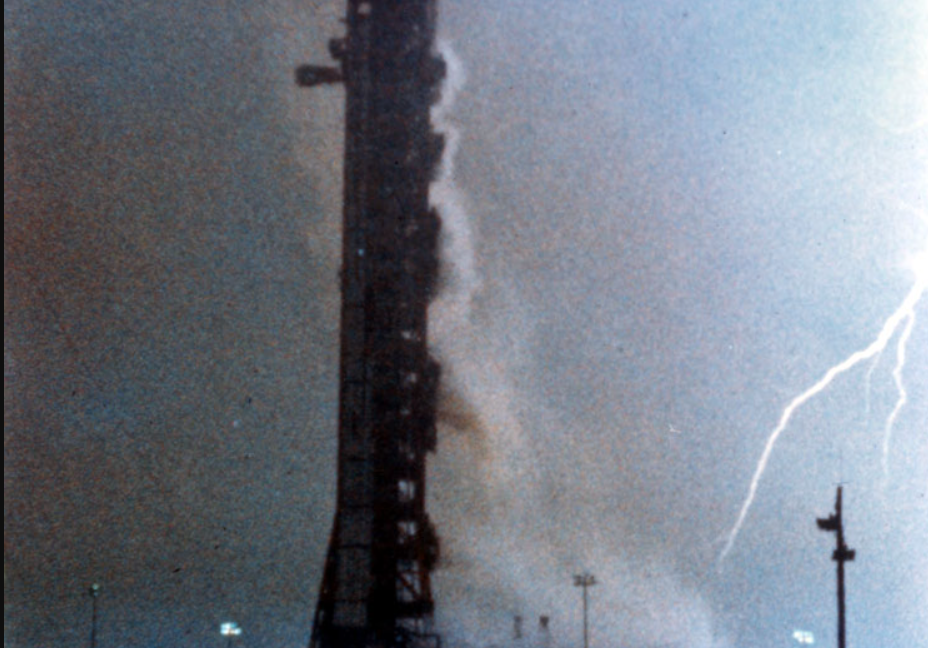
1969: Apollo 12 moon rocket gets struck twice by lightning during launch
In the first minute after launch on Nov. 14, 1969, NASA's Apollo 12 mission got struck twice by lightning. That severely affected both the Saturn V rocket and the spacecraft. Some permanent effects were noted in the spacecraft and involved the loss of nine non-essential instrumentation sensors," a summary of the events in a NASA paper entitled "Analysis of Apollo 12 Lightning Incident," reads.
Luckily, flight controller John Aaron recognized the pattern of errors from a flight simulation during training for the mission and knew how to address the issue, according to Vice. He knew it was the signal conditioning equipment (SCE) system that was at fault and relayed a command to the crew to reset the system. The rocket made it to orbit safely and, after some checkouts, Apollo 12 was cleared to continue to the moon for their Nov. 19 landing.

1970: NASA moonbound mission Apollo 13 has a spacecraft explosion
The problems besetting April 1970's Apollo 13 are extensive and have generated one Hollywood movie ("Apollo 13", 1995) and numerous books about the incident.
Simply put, there was a fault in an oxygen tank prior to launch on April 11, 1970. During a routine procedure on April 13 to mix up gas in the tank (required to stop the oxygen from settling into layers), the tank ruptured. The explosion blew out a part of the spacecraft's service module, which provided electricity and fuel to the command module, called Odyssey.
The mission was still on its way to the moon; NASA (clearly forced to wave off the landing) elected to slingshot around the moon, using a backup engine on the healthy lunar module, called Aquarius. The crew of Jim Lovell, Fred Haise and Jack Swigert faced a multi-day journey home and battled exhaustion, illness and other technical problems ahead of their safe splashdown April 17.

1973: Astronauts take tricky spacewalks to repair damaged NASA Skylab space station
NASA's first space station, called Skylab, launched into orbit on May 14, 1973. During launch, a micrometeoroid shield accidentally ripped open and in the process, tore off one solar array and damaged another. Now NASA had an underpowered and rapidly overheating space station in orbit, which would require an ace crew to fix.
Apollo 12 veteran Pete Conrad, along with rookies Paul J. Weitz and Joseph P. Kerwin, launched 10 days after Skylab on a basic mission to bring the station back to habitability. It took a series of tricky spacewalks to fix the matter, but eventually the crew erected a sun shade, deployed the stuck array, and then started their science mission for real. Skylab went on to host three crews.
Skylab's end of mission did not go to plan, either, as after a series of delays to raise its orbit, the station began re-entering faster than expected as the sun's activity ballooned Earth's atmosphere. Pieces of Skylab accidentally rained into Australia and nearby regions on July 11, 1979, but nobody was hurt.
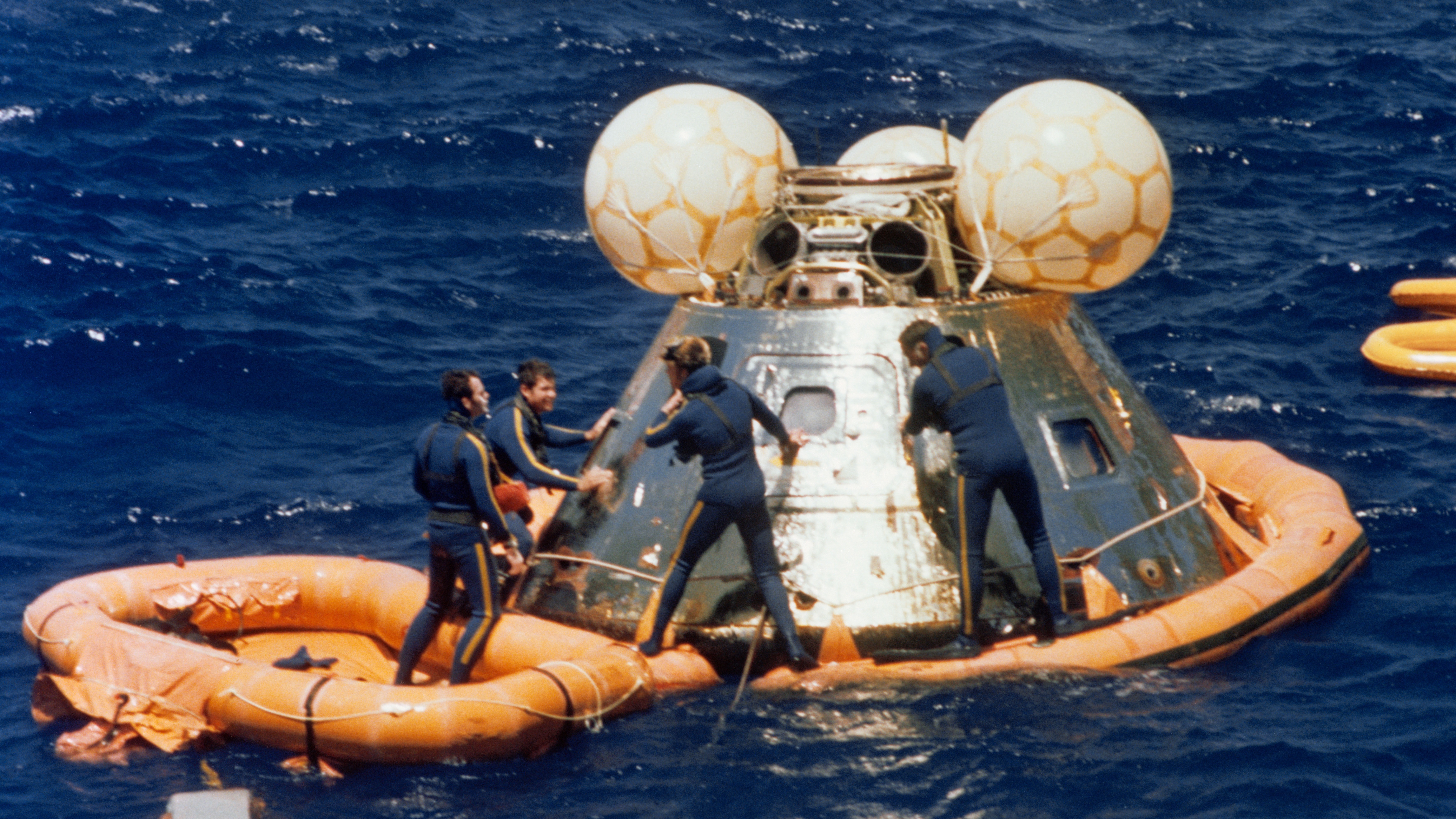
1975: Toxic vapors fill Apollo-Soyuz spacecraft during splashdown
The Apollo-Soyuz Test Project brought together Americans and Soviets in orbit for the first time, successfully seeing an Apollo spacecraft and Soyuz spacecraft join up on July 17, 1975. Five people spent two days working together on ceremonial and science activities before undocking for their separate journeys home.
During re-entry, the three NASA astronauts collectively forgot to turn off their reaction control system and were accidentally exposed to two toxic gases as a result: hydrazine and nitrogen tetroxide, according to the National Space Society. Apollo 10 veteran Tom Stafford found emergency oxygen masks to help his crewmates; Deke Slayton was able to put his on, while Vance Brand briefly passed out. None of the astronauts were seriously harmed.
In his biography "Deke!" (1994, Forge), Slayton said he made another "screwup" in the blur of landing: giving the waiting recovery teams outside a thumbs-up through the window. "Everything's okay. Well, of course it wasn't," he recalled. "But everybody outside thought it was, so there was no special effort to get us out of the command module."
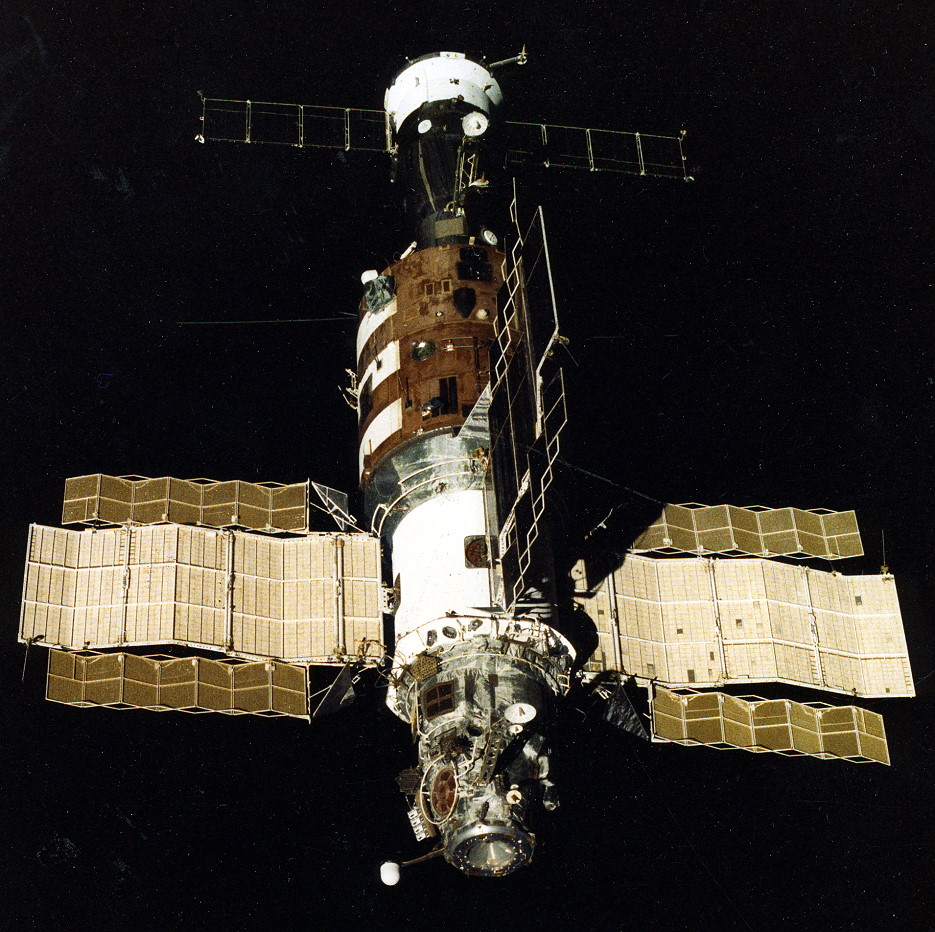
1985: Salyut 7 space station shuts off and drifts in space
Soviet space station Salyut 7 launched April 19, 1982 to continue an impressive series of Russian and Soviet space stations. While information about many of these facilities remains hard to find, we do know today that Salyut 7 faced a power loss in 1985 that left it adrift.
In-space repairs to Salyut 7 took place with the apt Soyuz T-13 crew, made up of Soviet cosmonauts Vladimir Dzhanibekov and Viktor Savinykh in June 1985. The Russians dramatized the space station rescue in the 2017 film "Salyut 7."
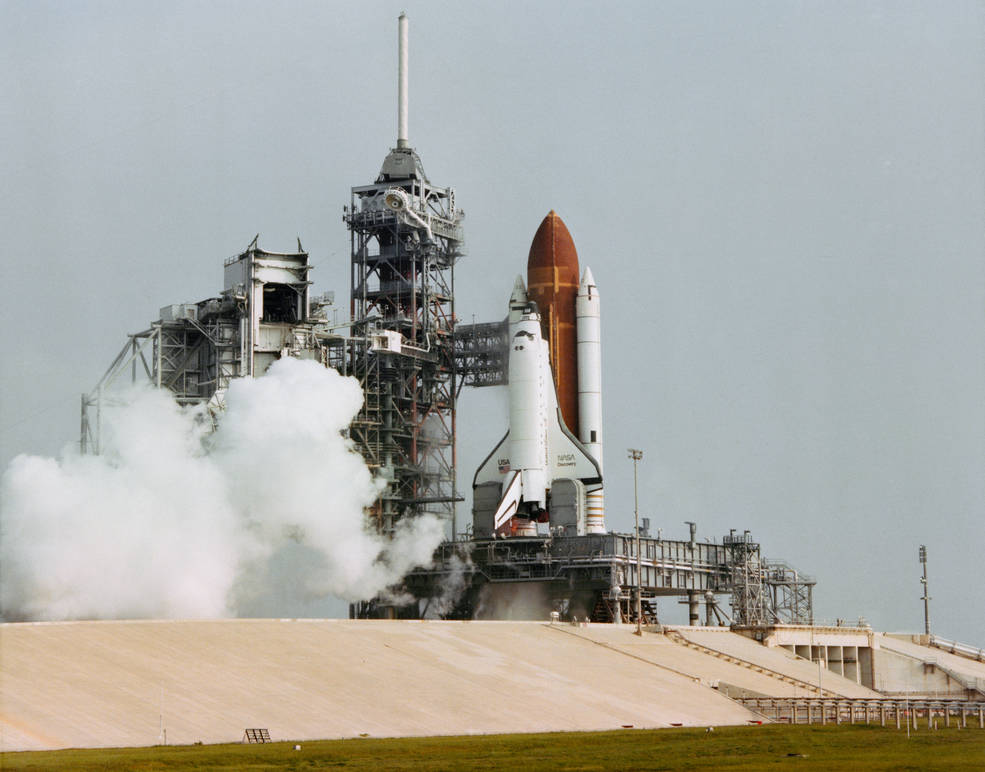
1984: First NASA space shuttle abort on the pad
NASA's first-ever space shuttle abort happened just four seconds before STS-41D was set to blast into space. A fault in one of the three space shuttle engines caused a computer shutdown on June 26, 1984. "It was the first time a human spaceflight launch experienced an abort after the start of its engines since Gemini 6 in October 1965," NASA wrote.
Engineers brought the shuttle to the nearby Vehicle Assembly Building at NASA's Kennedy Space Center to demate the shuttle from its external tank and solid rocket boosters and address the issue. It came back to the pad for more launch action. Another attempt on Aug. 29 didn't go forward because of a software problem, but the following try on Aug. 30 saw the Discovery spacecraft launch with no issues to space.
There were at least six shuttle aborts during the program, according to Space Safety Magazine, including the only abort-to-orbit during STS-51F on July 29, 1985 (this due to an engine shutting off prematurely; ironically, STS-51F had had a pad abort on a previous try.) The other aborts were all on the pad.
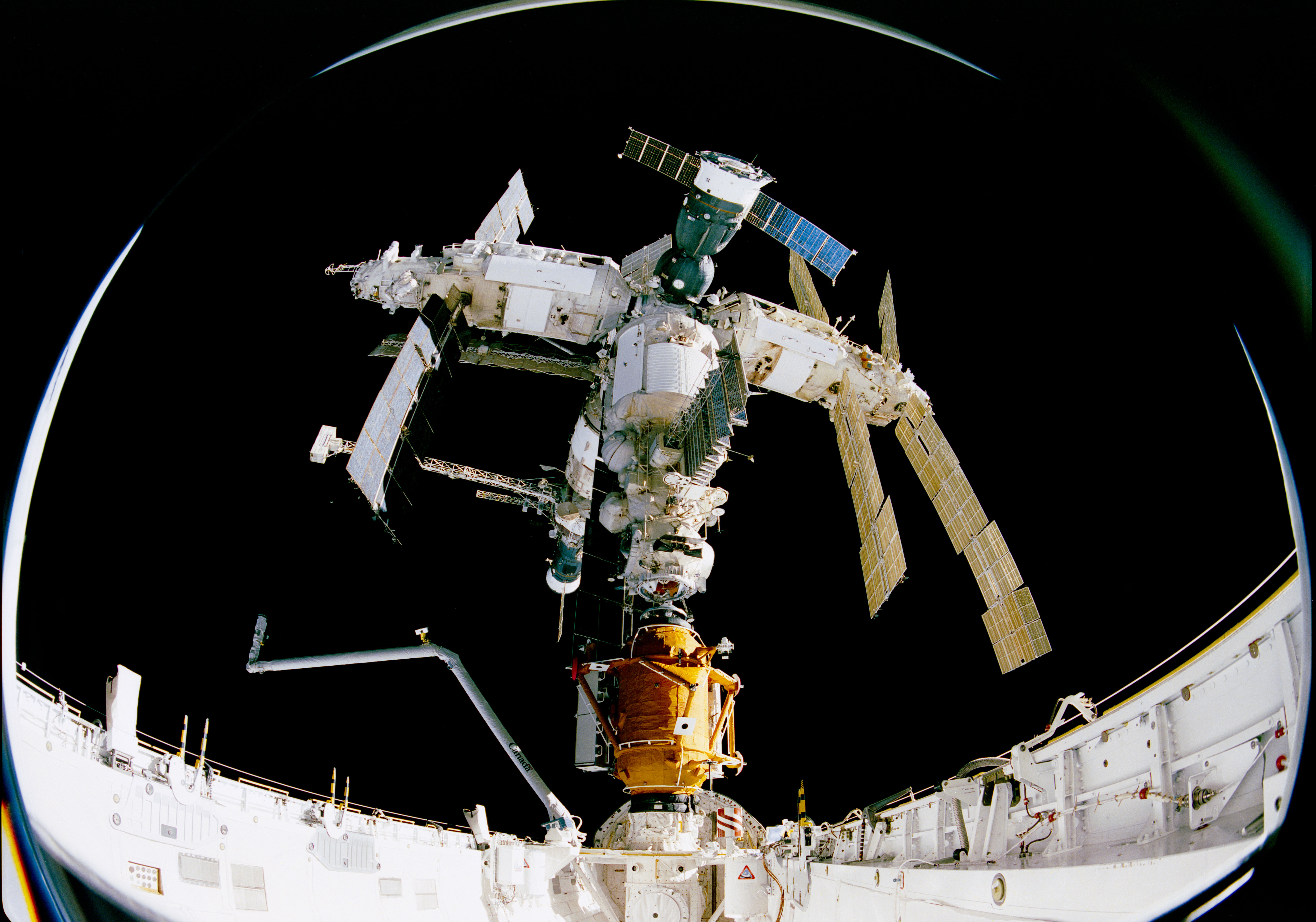
1995: Shuttle runs into trouble while docking with Russian Mir space station
Two of the space shuttle's distance sensors started giving contradictory readings on Nov. 15, 1995 just as STS-74 was making its final approach to space station Mir, a Soviet-Russian space station.
"One of them told us we were at 32 feet [10 meters], and the other one told us we were at 20 feet [6 meters]," Canadian astronaut Chris Hadfield told Buzzfeed. "They're either both wrong or one of them is completely wrong."
Hadfield's backup plan, which worked perfectly, was using his thumb to estimate the distance as his training told him how big the docking module was supposed to be. Estimating that the 21-foot measurement was correct, he then used a stopwatch to calculate the shuttle's speed. This allowed him to tell his crewmates when to fire the thrusters. The shuttle softly contacted the docking target at the right speed and only three seconds early, well within the margin.
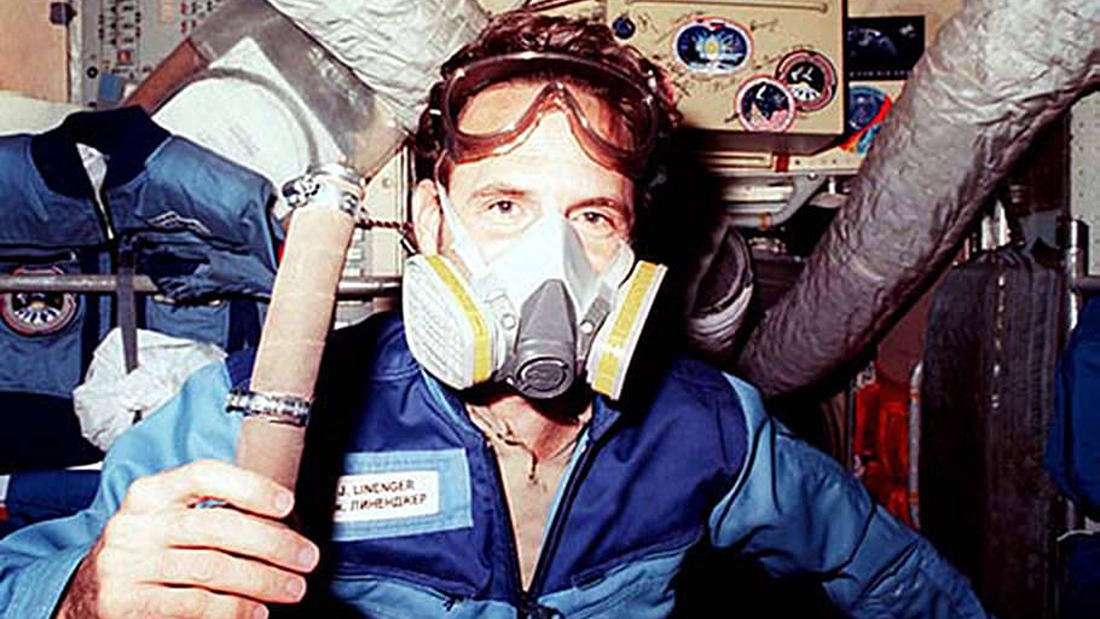
1997: Fire erupts on Russian space station Mir
Six people living aboard Mir on Feb. 24, 1997 had several minutes of "significant danger" after a fire happened, according to NASA, due to a malfunction with an oxygen generating system. The flames created smoke throughout the space station and made it impossible to reach one of the two available Soyuz capsules to escape.
"Although the narrow confines where the fire occurred made fighting it difficult, through teamwork and composure the crew prevailed and extinguished the flames, with no damage to the station's structure," NASA wrote. "The station's life support systems cleared its atmosphere of the toxic smoke over several hours, with no lasting harm to the crew members. The lessons learned from the incident were passed on in the design and operations of the International Space Station."

1997: Spacecraft collides with Russian space station Mir
There were actually two Progress collisions with space station Mir, with a minor one occurring in 1994 and then a more serious one happening on June 25, 1997. During the latter mission, called Progress M-34, the Russian program wanted to test out the capabilities of cosmonauts to do dockings on their own in lieu of an automatic docking system, according to RussianSpaceWeb.com.
Cosmonaut Vasily Tsibliyev, unable to make out the spacecraft very well in a video, accidentally sent the Progress into a collision with a solar panel and the station's Spektr module. The crash set off a series of issues including a leak and a spin, the latter of which reduced the ability of the solar arrays to collect power, according to NASA astronaut Mike Foale's agency oral history (Foale was on board at the time.) The interagency crew, working with Russian ground control, stabilized the station fully within 48 hours.
As RussianSpaceWeb recounts, there are numerous other Mir-related incidents in human spaceflight such as a failed landing of the returning Soyuz TM-5 crew on Sept. 6, 1988 (later resolved), insulation and airlock issues on Soyuz TM-9 in 1990, and a near-miss of another Progress spacecraft on March 21, 1991. The station also had periodic problems with trash and power, but still served as a valuable testbed for long-duration stays in space.
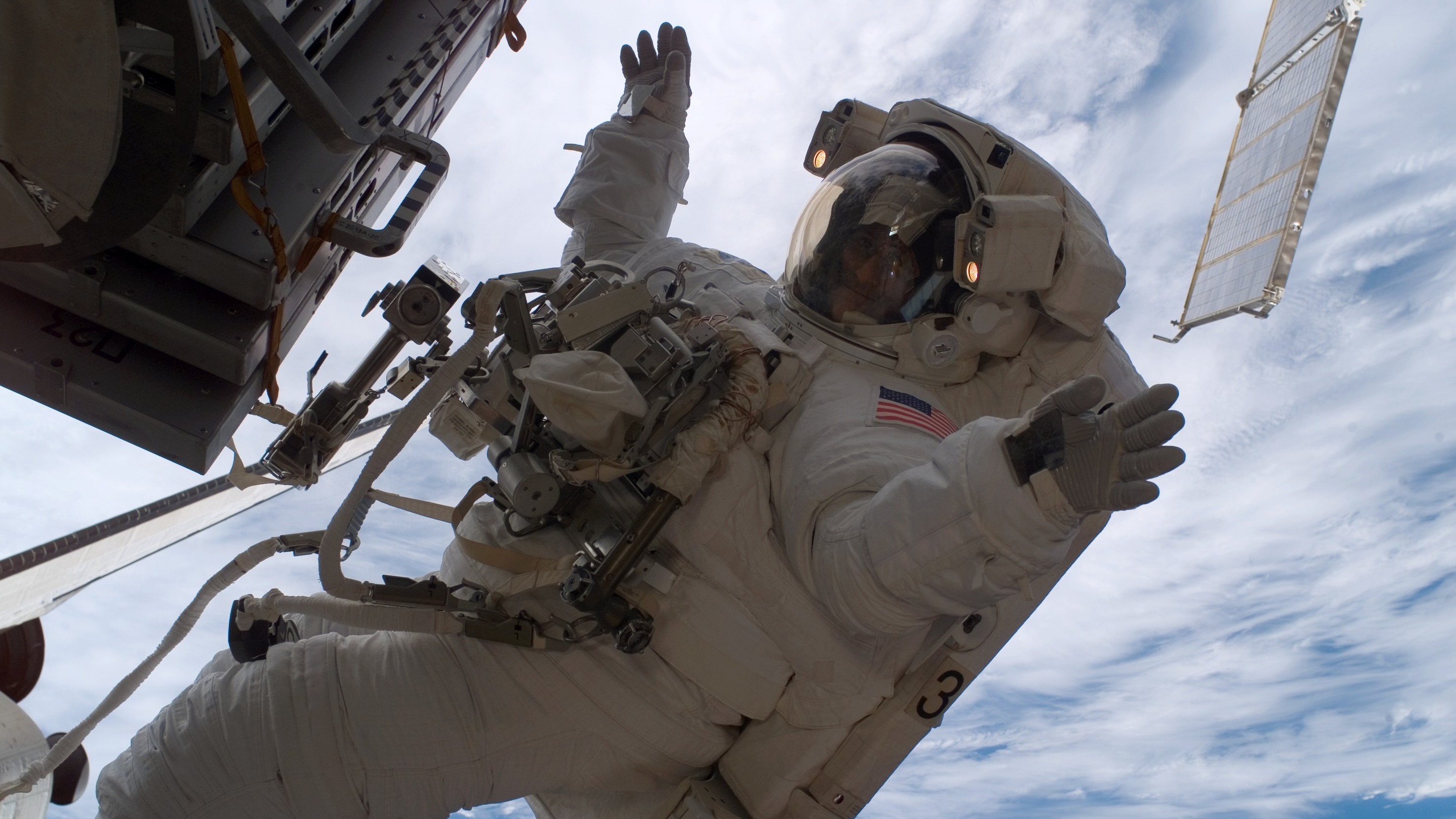
2001: NASA astronaut sprayed with ammonia during spacewalk
NASA astronaut Bob Curbeam got in the way of an ammonia valve leak during a Feb. 10, 2001 spacewalk, causing ammonia to spill onto his spacesuit. To be sure, the suit protected him from immediate problems associated with the gas, allowing him to focus on repairing the leak.
NASA asked him to stay outside the International Space Station for two orbits (about three hours) to bake off any remaining flakes before coming inside, which is a standard contingency procedure astronauts know of before flying to space.
Curbeam, who made other spacewalks after this one, told the Seattle Times he didn't have negative thoughts during that eventful excursion. "It wasn't like, 'I'm going to die,'" he said. "It's just that I have a job to do. It's all business."
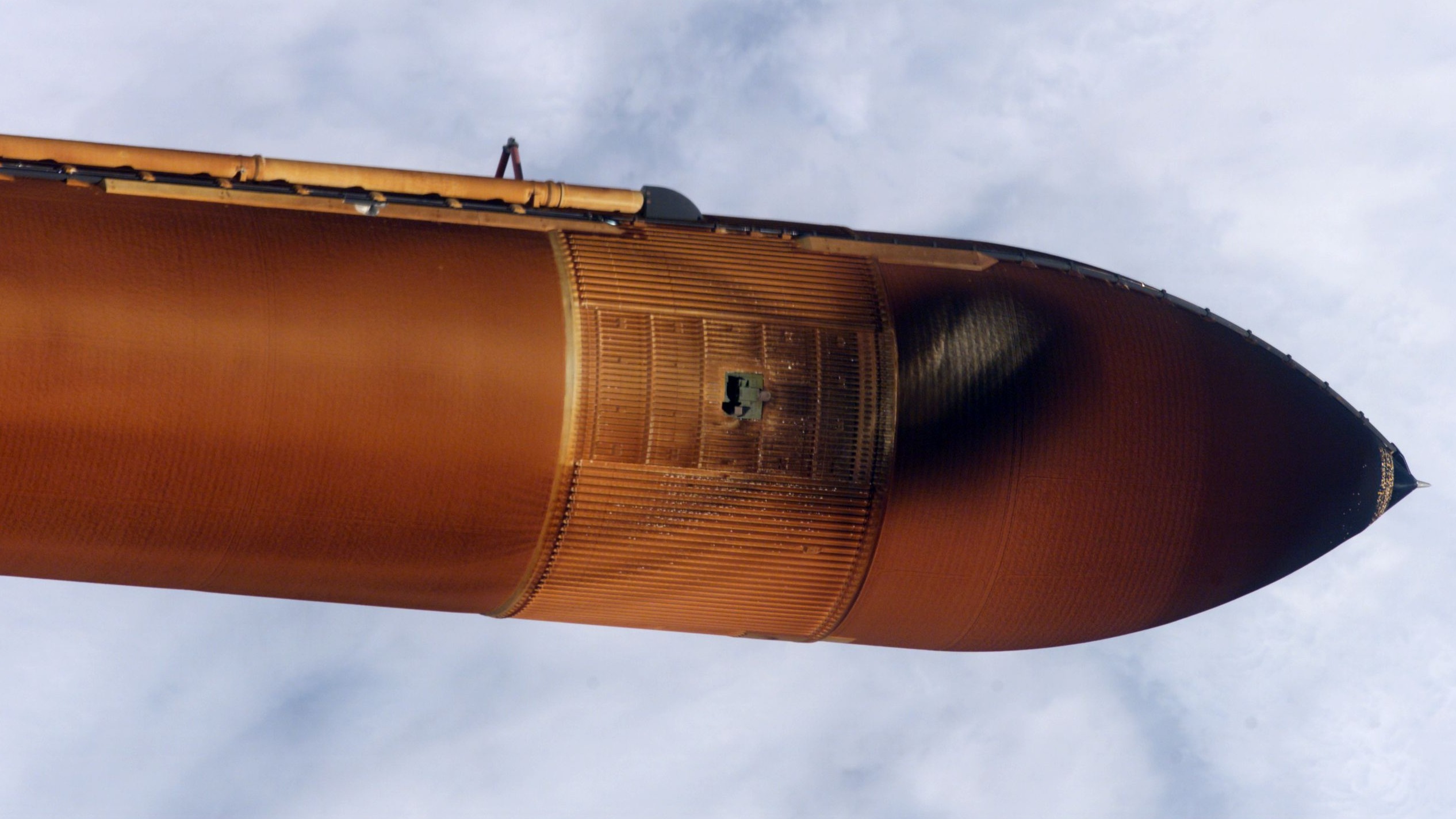
2005: NASA space shuttle tank experiences foam loss during 'return to flight' mission
Following the events of space shuttle Columbia's loss (and the death of seven crew members) in 2003, NASA made numerous design changes to the space shuttle and procedures for flying it before authorizing a test "return to flight" in 2005. Some of NASA's new safety items included extra cameras during launching to look at foam loss, as a piece of foam had ripped a deadly hole in Columbia's wing.
During STS-114's launch on July 26, 2005, automated cameras during launch recorded foam shedding from the external tank; NASA astronauts confirmed the foam loss in pictures of the tank taken from orbit.
The agency implemented even more design changes to the tank ahead of trying for another test shuttle launch on July 4, 2006, which passed muster and allowed the space shuttle fleet to resume work. The program retired in July 2011 with no further major incidents in the remaining 20 or so flights.
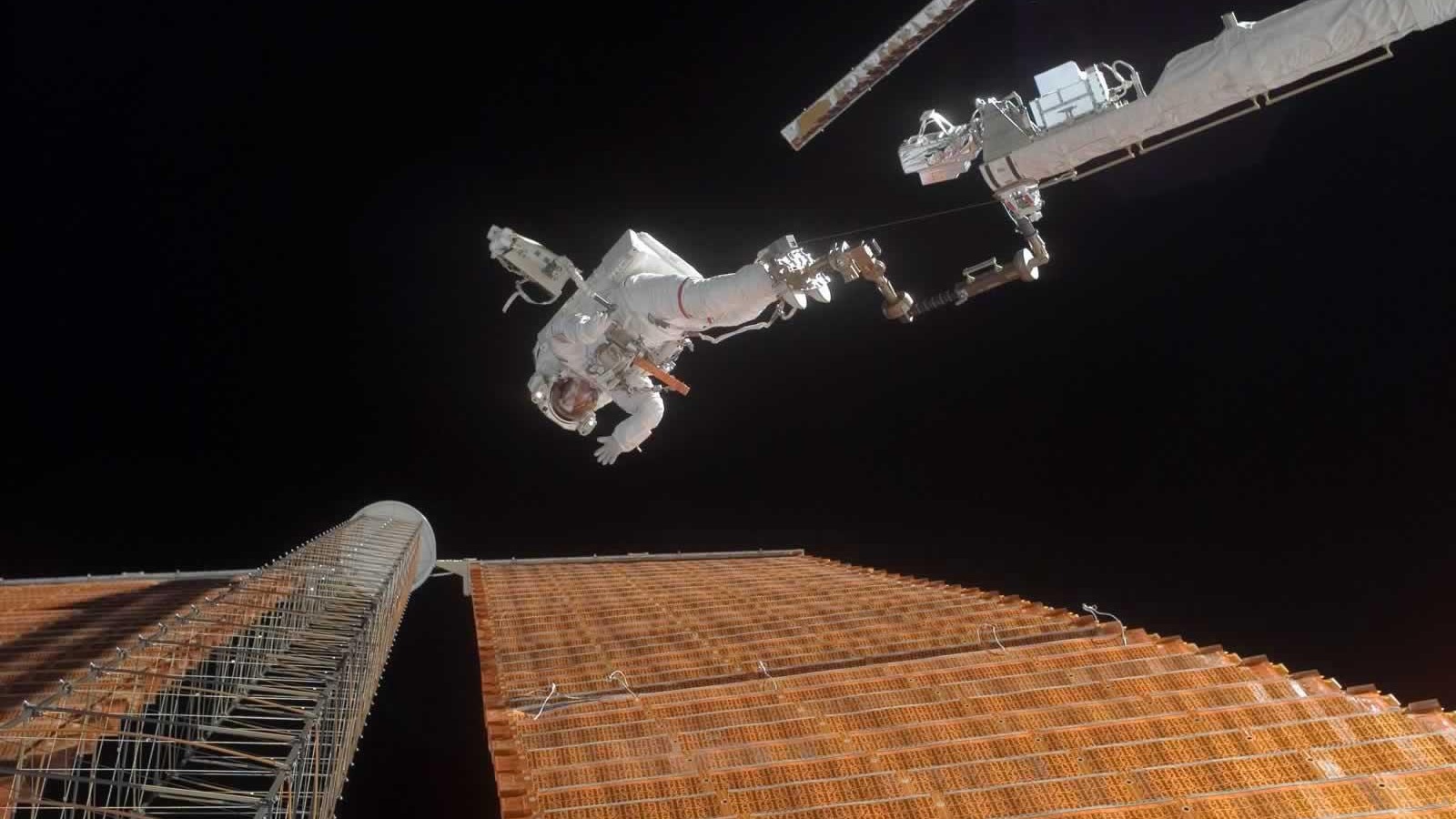
2007: NASA astronaut fixes an electrified solar array on the International Space Station
When an International Space Station solar array got snagged during deployment in 2007, NASA sent out one of its most experienced spacewalkers to fix the issue. Astronaut Scott Parazynski spent seven hours and 19 minutes outside on Nov. 3, 2007 beside a charged solar panel, working on a foot restraint anchored to a boom attached to a robotic arm.
"Parazynski cut a snagged wire and installed homemade stabilizers dubbed 'cufflinks,' designed to strengthen the damaged solar array's structure and stability in the vicinity of the damage," NASA wrote of the successful repair. Crewmate and NASA astronaut Doug Wheelock also played a crucial role, keeping track on how much distance separated Parazynski from the electrified array. Their efforts, with ground control, later allowed the array to deploy successfully.
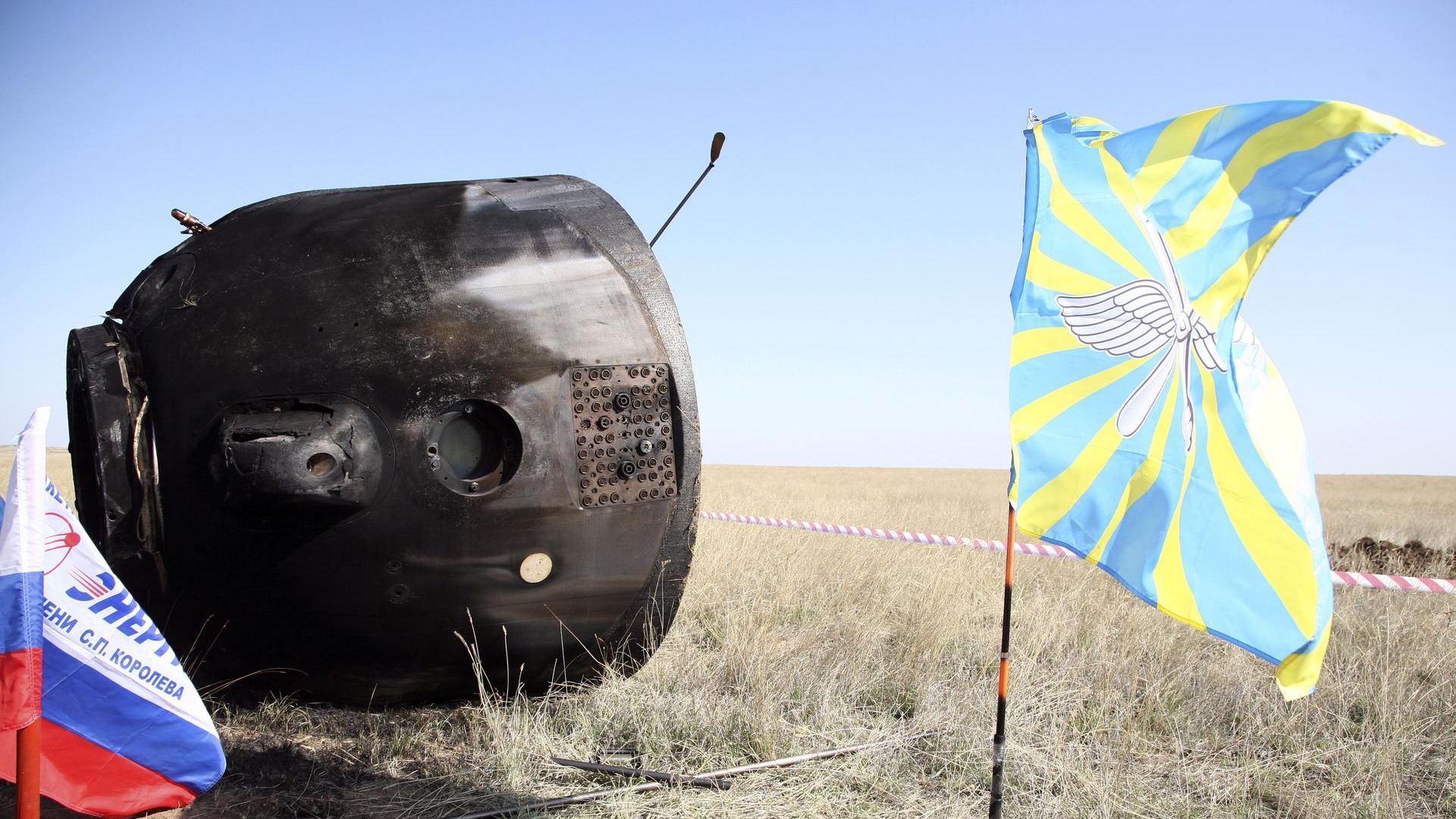
2008: Soyuz carrying first Korean astronaut lands massively off course
Three crew members on board the Soyuz TMA-11 found themselves dramatically off course during landing on April 19, 2008. Russia's Yuri Malenchenko, NASA's Peggy Whitson and South Korean spaceflight participant So-yeon Yi landed under a backup, ballistic mode that saw their gravity forces soar to eight times that of Earth. (A normal entry results in six.)
"It was pretty, pretty dramatic. Gravity is not my friend right now, and 8 Gs was especially not my friend, but it didn't last too long," NASA astronaut Peggy Whitson said of the landing, from which the crew emerged safely.

2012: High-altitude parachute jump spins out of control
While not strictly a spaceflight, Austrian daredevil Felix Baumgartner made an extreme high-altitude jump on Oct. 14, 2012 that saw him go supersonic and also plunged him into a spin. After diving from a high-altitude stratospheric balloon at 128,000 feet (39,000 meters) above southeastern New Mexico, he broke an altitude record that had stood for 50 years and faced trouble along the way.
Cameras from Red Bull (the sponsor of the event) captured Baumgartner in a spin for several seconds after descent, which the experienced skydiver managed to correct on his own. He spent four minutes in freefall before descending to Earth safely under a parachute.
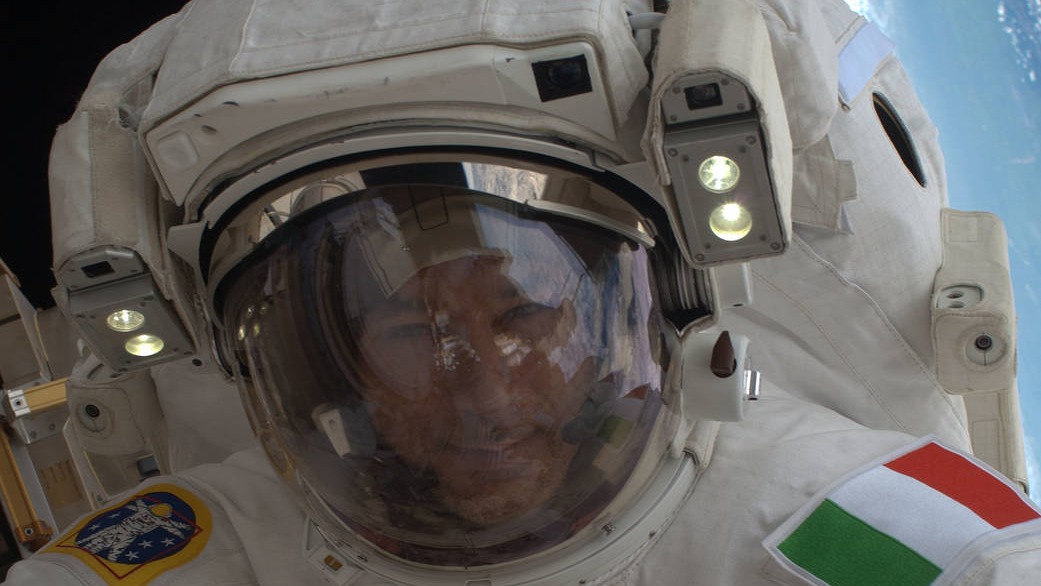
2013: Astronaut's helmet fills with water during spacewalk
The second-ever spacewalk for European Space Agency astronaut Luca Parmitano ran into a serious leak on July 16, 2013. Parmitano radioed Mission Control that he could feel cold water behind his head.
While NASA thought it was a drink bag issue, the amount of water was evidently from another source; it began to creep around Parmitano's head and forced an abort back inside the International Space Station at one hour and 32 minutes, by which point there was so much water Parmitano could only squeeze crewmate and NASA astronaut Chris Cassidy's hand in the airlock to communicate.
"For a couple of minutes there — maybe more than a couple of minutes — I experienced what it's like to be a goldfish in a fishbowl from the point of view of the goldfish," Parmitano, a former Italian air force pilot and the first Italian spacewalker, said during a media interview downlinked from the space station after the spacewalk concluded. NASA later traced the leak to an issue within the spacesuit's coolant; it suspended spacewalks for several months during the investigation.

2018: Soyuz rocket aborts during launch with two people on board
A deformed sensor on board a Soyuz rocket resulted in a difficult ride for two people on Oct. 11, 2018. NASA astronaut Nick Hague and cosmonaut Alexey Ovchinin made a ballistic re-entry back to Earth instead of joining the Expedition 57 crew on the International Space Station, as planned. Hague and Ovchinin were unharmed and safely made another spaceflight together in 2019.
Remarkably, spaceflights on Soyuz resumed quickly after Russia traced the issue and implemented a test engineering fix successfully on uncrewed spaceflights. The next crewed mission launched ahead of schedule on Dec. 3, 2018 and brought three other people to the International Space Station without incident. "This [abort] has made me feel even more confident about the way the Russians have designed the Soyuz spacecraft. It is very, very robust," Canadian spaceflyer David Saint-Jacques said before his Dec. 3 launch.
The abort was only the third-ever for Soyuz; 35 years before, the Soyuz T-10-1 crew's escape system fired on the launch pad on Sept. 26, 1983 and brought them safely away moments before a fault caused the booster beneath them to explode. Previous to that was an abort on Soyuz 7K-T on April 5, 1975 with two cosmonauts who also were safe after the launch events, according to RussianSpaceWeb.com.

2021: Russian International Space Station module misfires and causes spacecraft emergency
Shortly after a new Russian module docked with the International Space Station on July 29, 2021, thrusters on the module, named Nauka, fired "inadvertently and unexpectedly," according to NASA spokesperson Rob Navias in comments at the time. Ultimately, it was found that the incident tilted the space station by 540 degrees and caused a rare spacecraft emergency due to the temporary loss of attitude.
The station was quickly righted by Russian controllers and according to Joel Montalbano, NASA's program manager for the space station, the crew did not notice anything too amiss. "We asked the crew, 'Hey, did the space station shake or anything like that?' And the response was negative; we didn't see anything like that."

2021: Russian anti-satellite test threatens International Space Station crew several times
Passing clouds of space debris from a Russian anti-satellite test in November 2021 caused several incidents close to the International Space Station, including a Nov. 15 incident during which the seven astronauts sheltered in their transport spacecraft.
During a televised check-in at the end of the astronaut's day at about 12 p.m. EST (1700 GMT), mission controllers informed the crew they would need to close hatches between their modules periodically as other pieces of debris came past the orbiting complex. No debris ever hit the station, but the incident disrupted the international crew several times, which included several Russians.
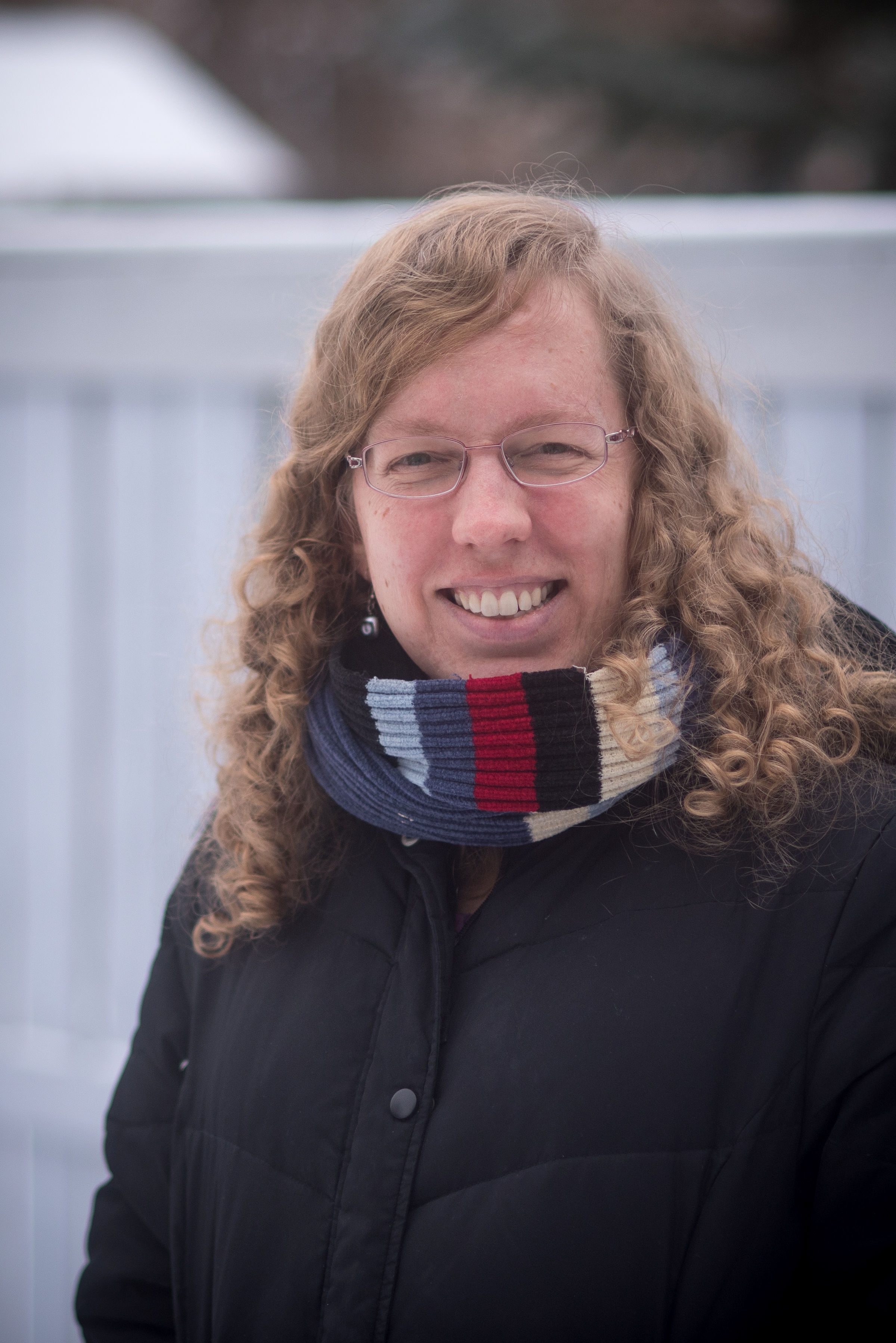
Elizabeth Howell (she/her), Ph.D., was a staff writer in the spaceflight channel between 2022 and 2024 specializing in Canadian space news. She was contributing writer for Space.com for 10 years from 2012 to 2024. Elizabeth's reporting includes multiple exclusives with the White House, leading world coverage about a lost-and-found space tomato on the International Space Station, witnessing five human spaceflight launches on two continents, flying parabolic, working inside a spacesuit, and participating in a simulated Mars mission. Her latest book, "Why Am I Taller?" (ECW Press, 2022) is co-written with astronaut Dave Williams.
